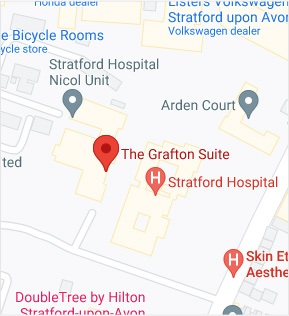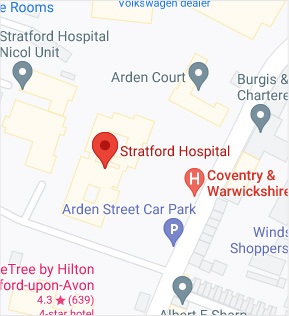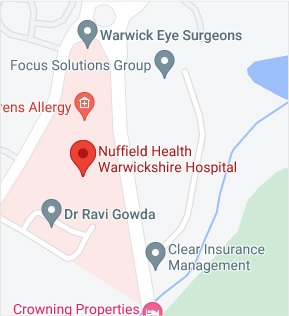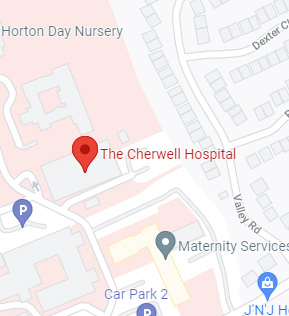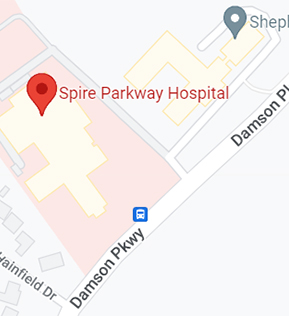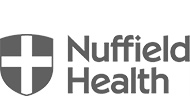What is a Humerus Fracture?
A humerus fracture is a condition that occurs when there is a break in the humerus or upper arm bone that commonly occurs as a result of severe trauma. Fracture of the humerus can affect the movement and function of your arm as well as your work and activities of daily living. Humerus fractures are quite common and occur in individuals of all ages from children to the elderly.
What does ORIF mean?
Open reduction and internal fixation (ORIF) is a surgical technique employed for the treatment of humerus fractures to restore normal anatomy and improve range of motion and function.
Anatomy
The upper arm is made up of the humerus bone. The head of the humerus fits into a shallow socket in your scapula (shoulder blade) to form the shoulder joint. The humerus narrows down into a cylindrical shaft and joins at its base with the bones of the lower arm to form the elbow joint.
Causes of Humerus Fractures
Fractures of the humerus may be caused by:
- A direct blow or injury
- Fall on an outstretched arm
- High-impact collision, such as a motor vehicle accident
- Contact sports, such as football
- Fall from a height
A humerus fracture can also occur as a result of a pathologic condition that weakens your bones, such as:
- Bone infection
- Osteoporosis
- Tumours or bone cysts
- Bone cancer
Signs and Symptoms of Humerus Fractures
Common signs and symptoms of humerus fractures may include:
- Severe pain
- Swelling
- Bruising
- Tenderness
- Stiffness
- Inability to move the arm
- Deformity
Diagnosis
The diagnosis of a humerus fracture comprises of a physical examination, X-ray imaging, and CT scan. Physical examination determines the site and location of the fracture. X-ray and CT scans help evaluate the type, severity, and other associated injuries.
Preparation for Surgery
Since ORIF is typically performed to treat a severe fracture, it often takes place as an emergency procedure. Prior to surgery, you may have:
- Physical exam to inspect blood circulation and nerves affected by the fracture
- X-ray, CT scan, or MRI scan to assess surrounding structures and broken bone
- Blood tests
- Depending on the type of fracture you have sustained, you may be given a tetanus shot if you are not up-to-date with your immunisations
- A discussion with an anaesthesiologist to determine the type of anaesthesia you will receive
- A discussion with your doctor about the medications and supplements you are taking and the need to stop if necessary
Treatment for Humerus Fractures
The management of a humerus fracture is comprised of non-surgical or surgical approaches. The choice of treatment depends on the type and severity of the fracture.
Non-surgical Treatment
The nonsurgical or conservative approach involves placing your arm in a sling to immobilise the bones and allow healing, medications, and supplements to promote healing and relieve pain; and physiotherapy to prevent stiffness and weakness of the shoulder, restore range of motion, and strengthen muscles.
Surgical Treatment
Open reduction and internal fixation is the procedure most commonly used to treat humerus fractures. The surgery is performed under sterile conditions in the operating room under general anaesthesia.
- After sterilising the affected area, your surgeon will make an incision around the upper arm muscles.
- Your surgeon will locate the fracture by carefully sliding in between the muscles of the humerus.
- Your surgeon will put the bone fragments of the humerus back into proper position (reduction).
- Next, your surgeon will secure the fragments of the humerus to each other (fixation) by using metal plates, screws, wires, or pins.
- After securing the bone, your surgeon will close the incisions by suturing or staples and apply a sterile dressing.
Postoperative Care
You will have some pain following the surgery and pain medication will be prescribed to keep you comfortable. You will need to keep your arm immobile for several weeks by using a sling to allow bone healing. Your doctor would give you instructions on changing the dressings and incisional care along with applying ice to relieve pain and discomfort.
Physiotherapy is suggested to prevent shoulder stiffness, strengthen muscles, and restore range of motion. You will also be advised on diet and supplements high in vitamin D and calcium to promote bone healing. Depending on your health condition and the extent of the injury, you may be able to go home the same day with follow-up appointments for monitoring progress and for stitches or staple removal if needed.
Risks and Complications
Risks and complications of open reduction and internal fixation of humerus fractures include:
- Bleeding
- Infection
- Damage of nerves and blood vessels
- Broken screws or plates
- Anaesthetic complications
- Failure to heal
- Avascular necrosis
- Blood clots
- Loss of range of motion


 REQUEST AN APPOINTMENT
REQUEST AN APPOINTMENT



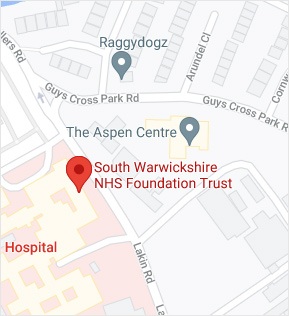
 Ext 4798
Ext 4798